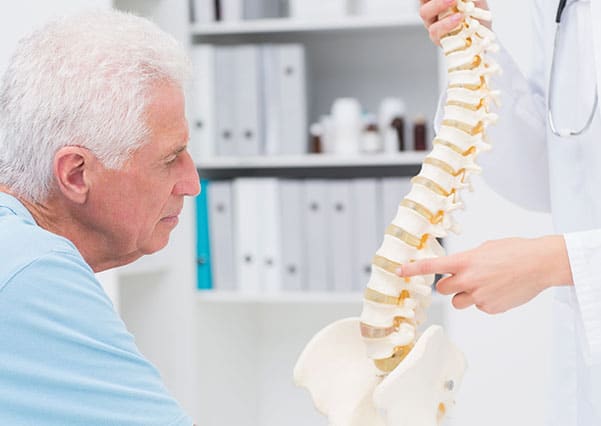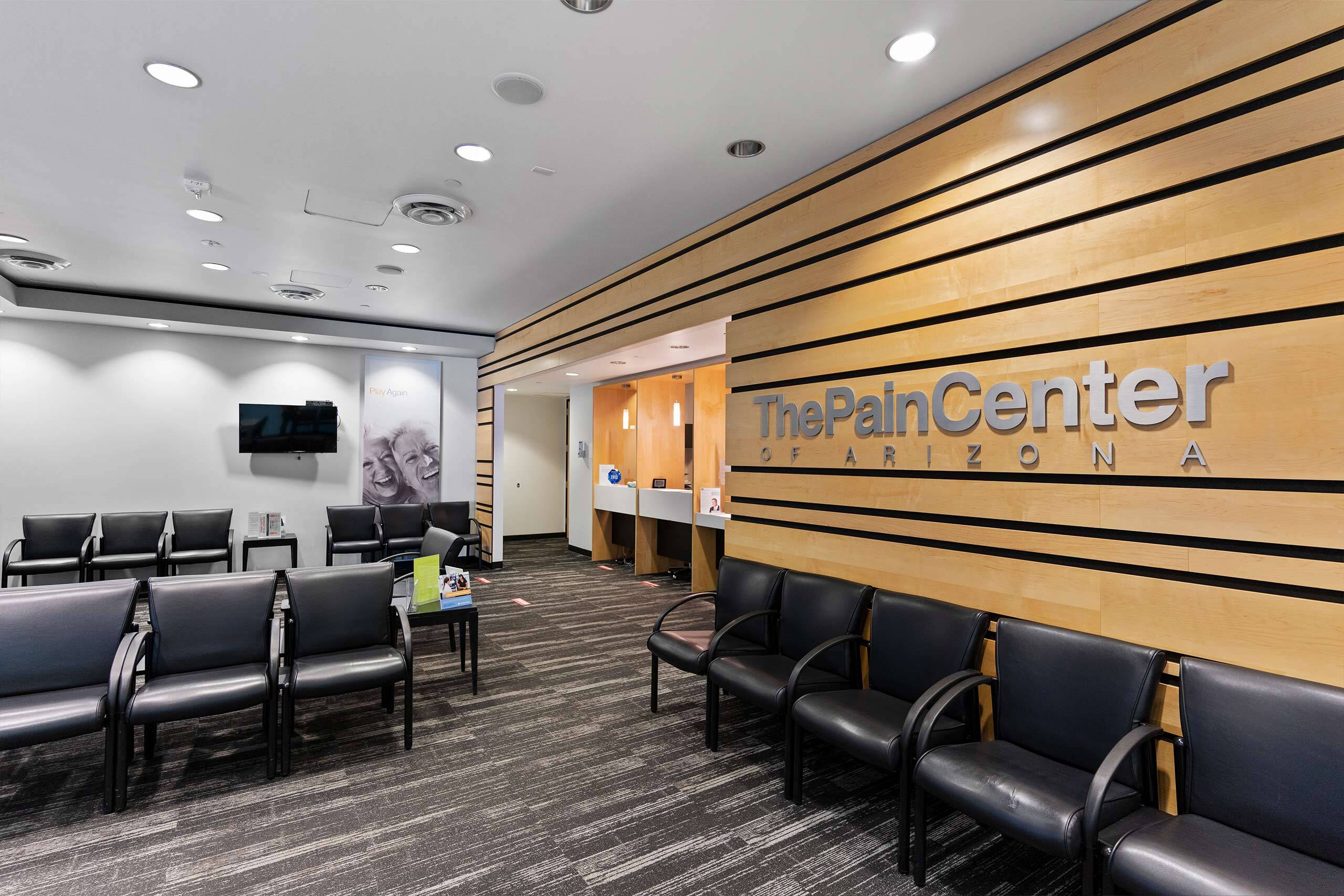Compression Fractures Treatment
Compression fractures–also called spinal compression and vertebral body compression fractures–occur when the bones in the spine break or crack, which can cause the vertebrae to collapse.
Fractured vertebrae can cause abnormal curvature of the spine, and severe cases can result in loss of height, “dowager’s hump,” or a hunchback. Doctors use CT and MRI scans to identify a possible fracture and fracture type.
Causes of Compression Fractures
Compression fractures are painful and occur most frequently in older people who have osteoporosis, as their bones have weakened over time and are more susceptible to vertebral fractures. A sneeze or stumble could cause a compression fracture if the bones are weak enough.
A compression fracture can also occur with trauma to the spine or spinal cord resulting from a fall or car accident.
Focusing on bone health through diet and exercise can significantly reduce your risk of and prevent compression fractures. A bone density test can also provide insight into any bone loss and how high your risk of fracture is.
Compression Fractures Symptoms
A compression fracture can occur with no immediate symptoms. Pain can be immediate after the fracture or can come about gradually. The most common symptom is pain felt in the mid-back area, on the front of the vertebra.
Kyphoplasty and Vertebroplasty Treatment for Compression Fractures
Vertebroplasty and kyphoplasty are minimally invasive spine procedures that we recommend to patients suffering from vertebral compression fractures. Using x-rays, the procedures place cement into the patient’s damaged vertebrae. This stabilizes the fracture and restores height to the spine.
Along with placing a cement piece, Kyphoplasty uses a unique balloon device to create an open cavity inside the damaged bone. Once the cement has hardened, the incision is closed. These are minimally invasive options; patients go home following the procedures to begin recovery.


Causes of Compression Fractures
These painful fractures occur most frequently in elderly people who suffer from osteoporosis, as their bones have weakened over time and are more susceptible to a fracture. If the bones are weak enough, a sneeze or stumble could cause a compression fracture. A compression fracture can also occur with trauma to the spine.

Compression Fractures Symptoms
A compression fracture can actually occur with no immediate symptoms. Pain can be immediate after the fracture or can come about gradually. The most common symptom is pain felt in the mid-back area.

How to Treat Compression Fractures
Treatments for compression fractures include:
- Vertebroplasty & Kyphoplasty


Get the care you need within 24 hours*
We know when you’re looking for relief for your chronic pain, you can’t wait any longer than you already have. This is why we can schedule you with an appointment within 24 hours at most of our pain centers across the Valley, so you can start your journey to life-long pain relief as soon as tomorrow.



